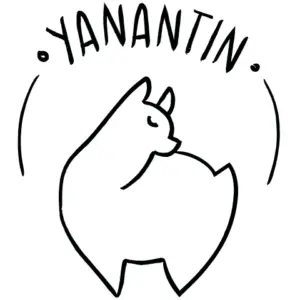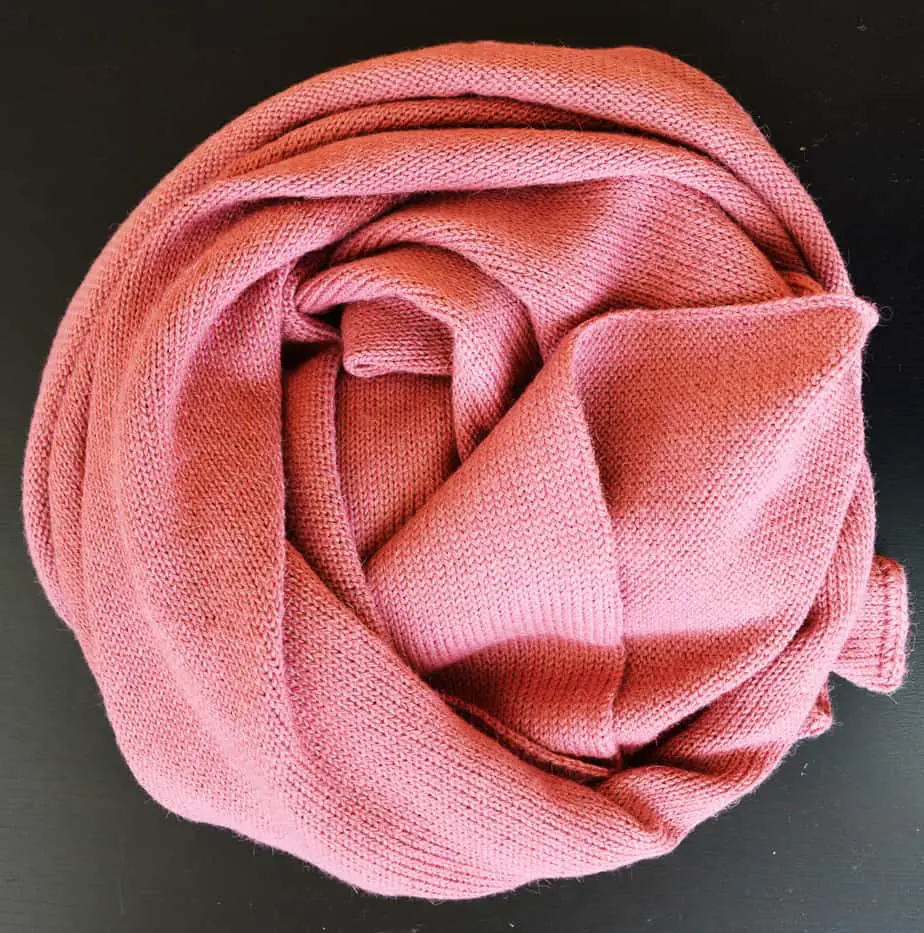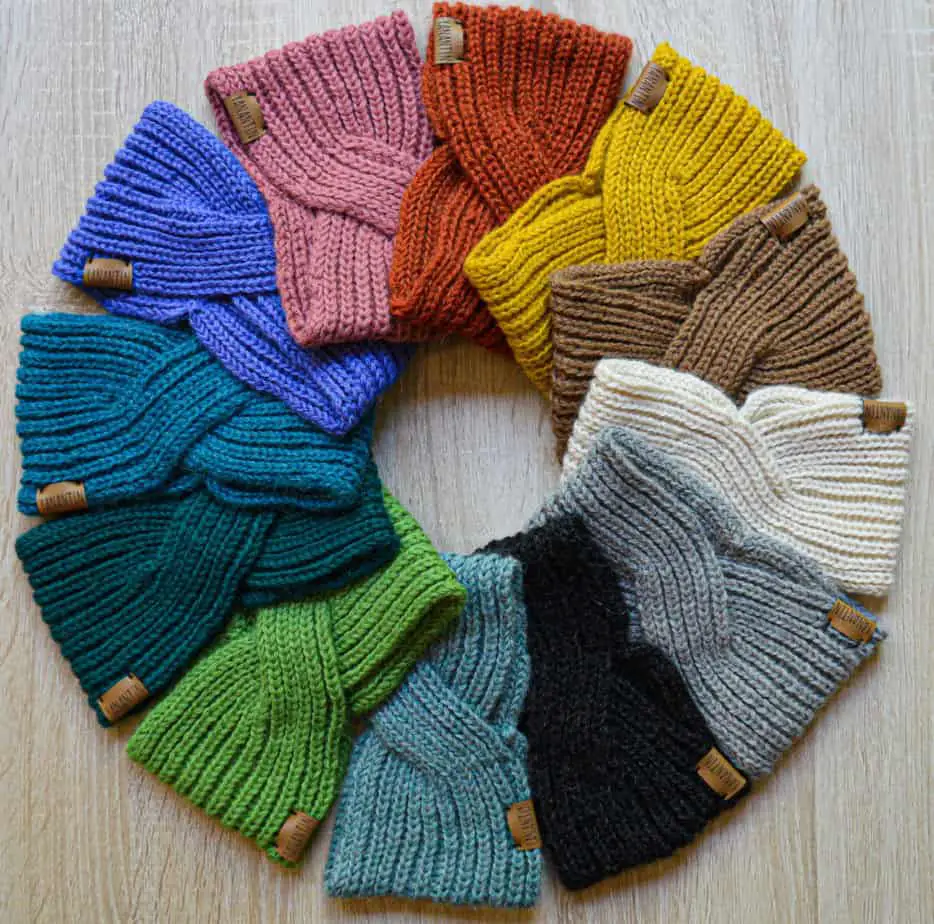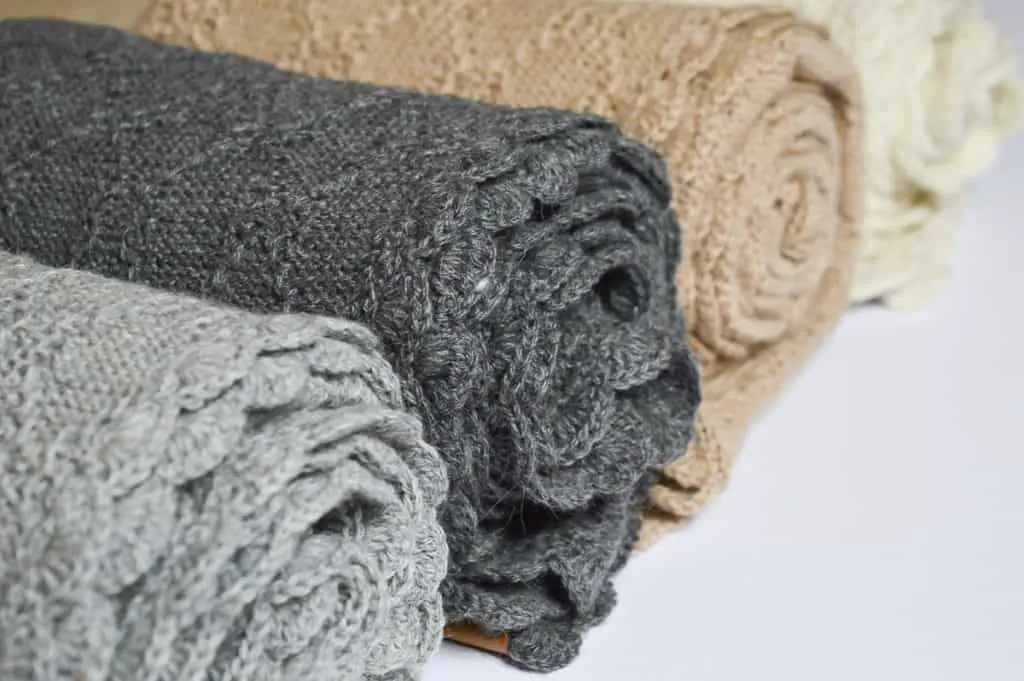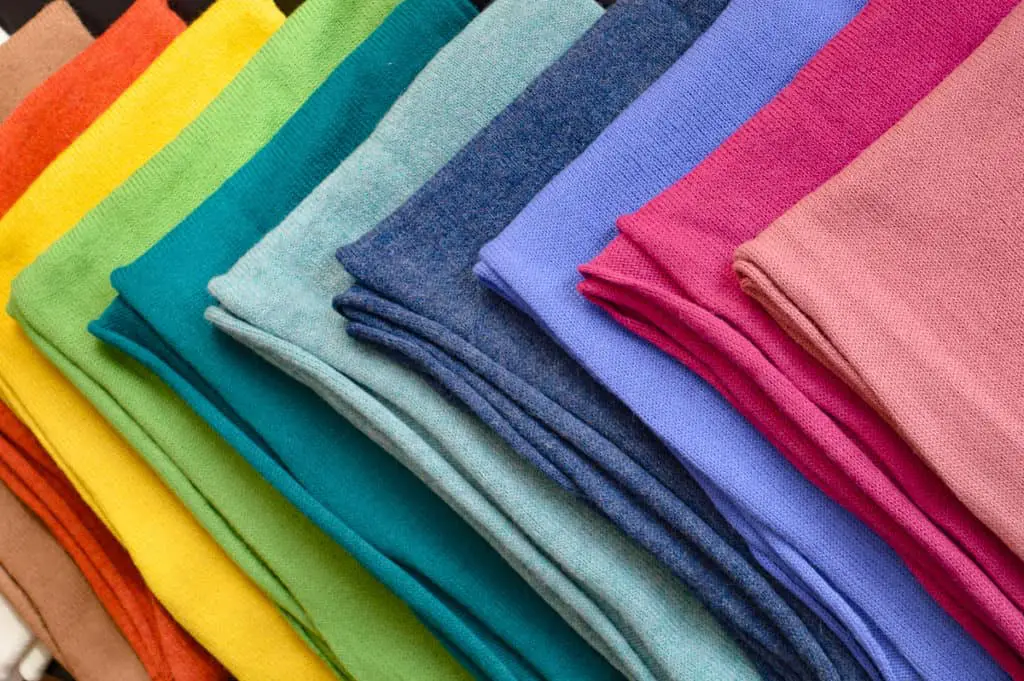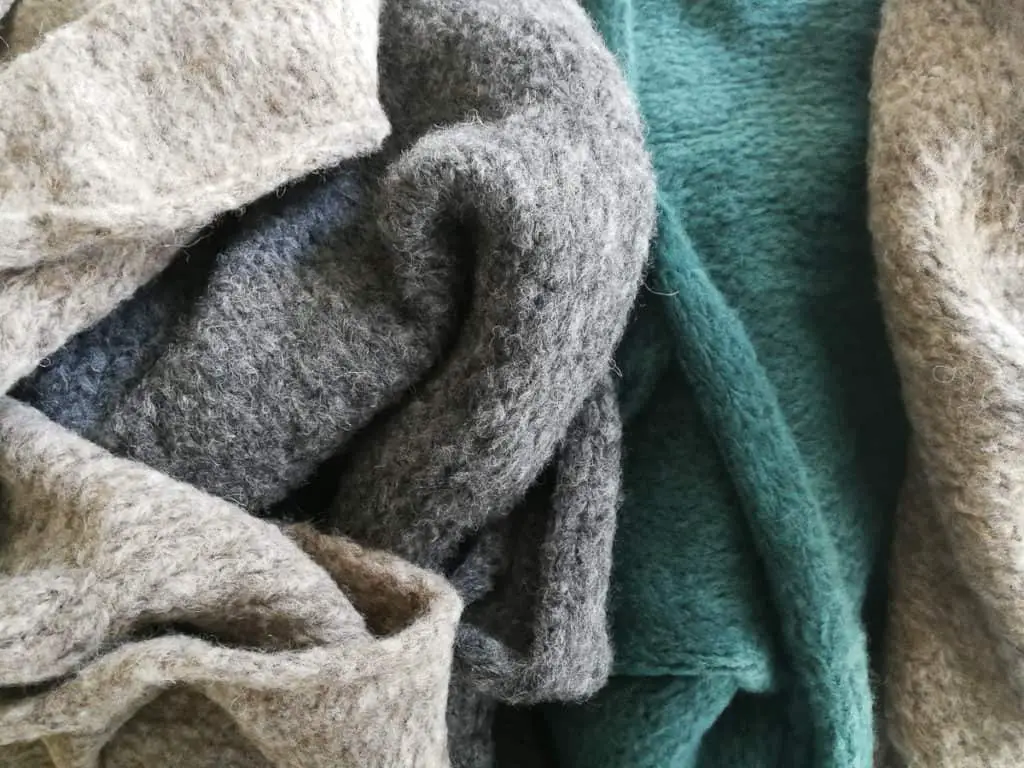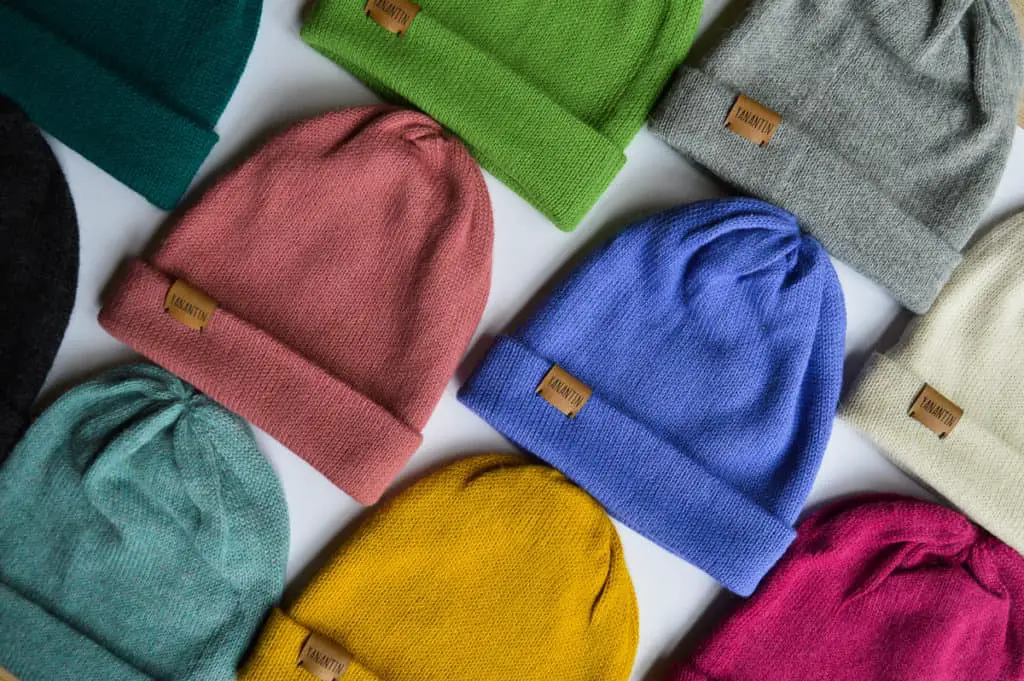Sustainable fashion is such an overwhelming topic. If you are interested in becoming a more conscious shopper, you probably don’t know where to begin. A good starting point might be to look at the advantages and disadvantages of the world’s most used fabrics.
loweringly The world’s most used fabrics are: polyester, cotton, rayon/viscose and wool. Advantages of these fabrics include affordability, wearability, and accessibility for a large audience. Disadvantages include negative impact on the worker, animal, environment and poor product durability.
Sustainable fashion is a movement that works towards a better fashion industry from an ecological, social, cultural and financial perspective. In order to do so, betterment needs to be brought to the fields of material, production, use (current generations) and the afterlife (future generations) of garments.
Pregabalin purchase canada What Are Most Fashion Items Made Of?
The material of your garment is an incredibly important part of making the fashion industry more sustainable. It is probably the area where most improvement can be made.
According to the Common Objective, 65% of our clothes are made of synthetic materials, mostly polyester. 21% is made of cotton; 8% is cellulosics (like viscose); and wool (1%). Then, leather, silk, bast fibers (linen, hemp) and experimental fibers like piñatex (link goes to an awesome piñatex brand!) make up the remaining 5%.
While some of these fibers have fantastic benefits, there are plenty of fibers that don’t. And unfortunately, synthetic fibers like polyester happen to be the most damaging of all.
| Material | Polyester | Cotton | Rayon / Viscose | Wool |
|---|---|---|---|---|
| % of all clothes | 65% | 21% | 8% | 1% |
| Type of Fiber | Synthetic fiber | Plant fiber | Semi-synthetic fiber | Animal fiber |
| Advantages | Cheap Comfortable | Biodegradable Natural resource Strong Comfortable Breathable | Comfortable Cheap Takes dying well Kind of biodegradable Semi-plant based | Biodegradable Natural Durable |
| Disadvantages | Not biodegradable Microplastics Made of oil | Requires a lot of water to produce Uses pesticides | Chemicals added Potentially harmful for workers (CS2)Forest cutting Not durable | Unethical Animals contribute to GHG Needs little maintenance |
| A better alternative? | Recycled PET uses less water and helps reduce plastic waste | GOTS aims for a minimum of 70% organic cotton in certified garments | FSC Eucalyptus (Certified bamboo) | Organic wool ensures ethical treatment of animal and wool fiber |
What Are The Advantages and Disadvantages of Polyester?
Polyester (Click the link to find out more, because Wikipedia knows much more about it than I do!) is a material that is made out of oil and turned into plastic. At least, that’s the simple way to explain it.
In fact, polyester actually has much more to it, it is an incredibly complicated and toxic process to produce it. The name polyester is used for a variety of fibers that are man-made and synthetic. The most common variety is polyethylene terephthalate, or PET.
The Benefits of Polyester
The reason why polyester is still used is because of its wearability. Polyester is comfortable, drapes well, has great wicking capabilities and… It is cheap to produce – and by cheap I mean that people can make great profit producing polyester. It is by no means cheap if you consider the cost of the damage done to our planet.
Cheap, however, does mean that many people, especially those with low incomes, are almost obliged to buy clothes made of polyester. High quality materials are, simply put, more expensive, and if you already have a limited amount of disposable income and a family to dress, the choice to opt for “cheap” options is easy to make.
The Polyester Oil Problem
The oil industry is commonly said to be the most contaminating industryin the world. The consequences don’t limit themselves to local levels, but are causing environmental issues world-wide.
To summarize from Wikipedia: waste, spills and pollution are some of the main concerns, damaging ecosystems, destroying wildlife and destroying nature in too many ways. On the other hand, the emission of greenhouse gasses into the atmosphere is causing global warming, sea level rise and ocean acidification.
The Polyester Microplastics Issue
Once oil is turned into polyester, and polyester is turned into a short-term, high-fashionable garment, another problem arises. When garments are being washed, they release microplastics that end up in our oceans.
Pollution Caused by Polyester
Polyester is not biodegradable. This means that nature cannot dispose of products made of polyester naturally. Scientists are estimating that it takes about 1,000 years to decompose. And this is still a guess, since plastic has only been around for about 70 years.
According to the Common Objective, of all the things we buy, 57% of our clothes go straight into landfills – where they will stay… FOREVER!
Is Recycled PET a Potential Solution for Polyester?
A potential solution to diminish the gigantic amount of plastic that ends up in landfills and in our oceans, is to reduce the amount of waste by recycling it. This is by no means done on a large enough scale, but it is a great step in the right direction.
According to the Recycling Coalition of Utah, recycling plastic takes 88% less energy than making plastic from raw materials, not to mention the landfills that would not be spilled, the water that would not be used, and the oil that would remain unused.
What Are The Advantages and Disadvantages of Cotton?
Cotton (Link goes to Wikipedia) is a plant based fiber that is grown largely in different parts of the world. The top producing countries nowadays are India, USA and China. The fiber is separated from a seed that grows on a plant, and is then turned into cotton thread.
The Benefits of Cotton
Cotton is one of the oldest fibers in the world that has been used for making clothes, and for a reason: cotton is strong, comfortable, breathable and hypoallergenic. Well-sourced, organic, pesticide-free, undyed cotton feels incredibly soft and comfortable on your skin and can make for a garment that will last for years and years.
The Water Problem Caused by Cotton
The cultivation of cotton faces several problems when it comes to sustainability. First of all, cotton grows best in a climate with plenty of rain. However, it is often grown on land with little rainfall, where it has become dependent on irrigation methods. The massive amount of water that is needed to produce cotton has caused water shortages and even desertification in certain regions.
The Pesticide Problem of Cotton
The cultivation of cotton requires a high amount of pesticides. In order to reduce the amount of pesticides used on cotton plants and fields, the plant has been genetically modified, resulting in a new type of cotton called Bt cotton (Link goes to Wikipedia), that is naturally resistant to bollworm (it’s biggest enemy).
The results of using genetically modified cotton are mixed, as there are still other insects and bacteria that do require to be eliminated with pesticides. On top of that, the Bt cotton causes more cost and work for the farmer.
According to This Tailored Life, the use of pesticides also causes land and water pollution, poisoning the water, land and crops of nearby communities.
An Organic Solution for Cotton?
But what about organic cotton? Organic cotton (Link goes to Wikipedia) is definitely a more sustainable option and it is a great step in the right direction.
The Global Organic Textile Standard (GOTS) is one of the most acknowledged initiatives to promote organic fibers. Their standards focus on the environment (water usage, chemical input, genetic modification, waste management, proper staff training, and storage, packaging and transport). They also include social criteria in their standard (minimum wage, no excessive work hours, work circumstances, no child or forced labor).
The list of criteria is endless and they actually do maintain a high standard. On the other hand, only 70% of a textile is expected to be organic. As they state in their Standard (find the downloadable document by clicking the link), their goal is not to eliminate chemicals completely, but to bring these as much to a minimum and low impact as possible.
What Are The Advantages and Disadvantages of Rayon (Viscose)?
Rayon is a man-made fiber that is made out of natural resources such as wood and agricultural products (read more on Wikipedia). Rayon is a semi-synthetic fiber, because its sources are natural, but chemicals need to be added in order to produce the fabric.
You can find rayon in a great variety of types and it is incredibly versatile. Praised for its capacities to mimic other fibers, rayon is often used to imitate fibers like silk, cotton, linen and wool.
The most common versions of rayon are:
- Viscose (made out of wood pulp)
- Lyocell (made out of wood pulp)
- Modal (made by spinning reconstituted cellulose fibers)
The Benefits of Rayon
The potential for a semi-synthetic fiber to be a danger to our planet is big. Yet the clothes made of viscose still make up for 8% of the total of materials. There are many benefits for the wearer to rayon (viscose):
Viscose is incredibly soft and versatile, it isn’t called fake silk (or art silk -> Wikipedia!) for nothing! It is a cheap product to make, making comfortable clothing accessible for all types of shoppers. It is also moisture absorbent, breathable and more comfortable for the wearer.
The Problem of Washing Rayon
Rayon is often considered very comfortable for the wearer – especially if you find a nice blend or a well-sourced piece of fabric; however, rayon in and of itself is not very durable (according to Who What Wear) and that is mostly to blame on the washing process. When rayon is washed it can either shrink or stretch; lose its form or color; and release microplastics into the water.
You can either wash rayon manually, or opt for processed rayon fibers that are either blended with other fabrics (for better and for worse), or chemically treated to be washable.
The Problem of Rayon Blended with Other Fabrics
To make rayon more washable, or to diversify its features, it is often blended with other fibers. The most common blends or wool or polyester, and either of these options will make the rayon fiber more washable. On top of that, wool will make rayon warmer, while polyester will make it more shiny and cooler.
The problem of using such blends is that the disadvantages of the added materials are now also added to rayon fabrics (like the chemical process to produce polyester, and the potential for animal harm by using wool).
The Problem with the Production Process of Rayon
While rayon can be found in many different forms, shapes, and compositions, there is one thing that is agreed upon: despite being made from wood pulp (or other cellulose fibers), it is still highly processed. And highly processed means there is a lot of water and chemicals needed during the production process.
The chemicals can end up in rivers, pollute the air and exhaust the Earth.
The “Sustainable” Bamboo Problem that Is NOT So Sustainable
For many conscious shoppers the introduction of bamboo into the world was a cheap, eco-friendly alternative to the chemical synthetic fibers, or the expensive luxury fibers; however, the quality of bamboo fiber can be debated, as the process of turning bamboo into fabric (also called rayon viscose), is still highly chemical.
During the process, chemicals are added to the bamboo fiber to extract the cellulose, which is then used to produce the fiber.
Another issue with bamboo is that despite it being marketed as an environmentally friendly alternative because of its easy availability, forests have been cut in order to create space for this profitable industry.
The Problem with Carbon Disulfide that Is Used to Produce Rayon
One of these chemicals is CS2, Carbon Disulfide, CS2 is a liquid that is necessary for the production of rayon to extract the cellulose from the (plant-based) fibers. The use of Carbon Disulfide, however, can be dangerous – especially in the early years of production!
According to the Center for Disease Control and Prevention exposure to the liquid can cause dizziness, poor sleep, headache, anxiety, anorexia, weight loss, and vision changes. It can harm the eyes, kidneys, blood, heart, liver, nerves, and skin. The level of harm that can be done depends on the exposure to the chemical.
On a brighter note, production processes have been optimized to reduce the exposure to CS2 and safety measures have been improved over time, reducing risks for factory workers.
Is Eucalyptus a Sustainable Solution for Rayon?
While there are alternatives available, like bamboo that is certified to protect the environment, and other sources of cellulose, Patagonia actually uses eucalyptus trees to ensure that the best potential of the tree is available for their fibers.
Eucalyptus has shown to yield the best quality fiber with the least amount of waste. They also point out that they will opt for fibers that have not been treated chemically to prevent pilling – or at least in a environmentally friendly way. (I LOVE PATAGONIA!)
- If you’re interested in learning more about rayon made of eucalyptus, read the following article from Ecosalon: Fiber Watch: Tencel the Tenable.
What Are The Advantages and Disadvantages of Wool?
Next to synthetic fabrics and cotton, wool is another biggie source for making clothes. And it is much more natural because it is an animal fiber.
Sheep aren’t the only animals that produce wool, and other sources include goats, rabbits and camelids (alpaca, yay!). There are many benefits to using wool as a source material, but as it is produced from living animals, you can only imagine the things that can go wrong with it.
The Benefits of Wool
Wool is a fiber that has been used for centuries to keep us warm. The animal fiber has fantastic qualities:
- Wool has a long lifespan
- Wool does not need washing often
- Wool is recyclable
- Wool is biodegradable (when undyed)
- Wool is a natural fiber that protects you from the cold
On top of that, there are many initiatives and possibilities for making wool more ethical, sustainable and organic, or opting for more sustainable sources of wool, like alpaca wool!
- Considering whether or not you like alpaca wool? Check out my complete list of qualities that alpaca wool has over many other fabrics: What Are The Qualities of Alpaca Wool?
The Problem of Sheep Causing Greenhouse Gases
Sheep, just like cattle, contribute to greenhouse emissions, such as carbon dioxide and methane, that are linked to climate change. Most of the studies I found provide local data about the amount of emissions produced by sheep, or don’t separate the wool industry from the meat industry. On the other hand, I also found sources that would argue that the sheep industry fits the natural carbon cycle.
One way or another, there are different stages during which sheep and wool can cause negative impact on the environment:
- On the farm
- During processing and manufacturing
- Using woolen garments
- At the end of life-stage
As I am curious to find out concrete numbers on the impact of the sheep industry on the environment, I am sure that large-scale, polluting, land-deteriorating farms and factories exist and that they harm our planet.
The Cruelty Issue With Wool
Organizations like PETA have strongly argued for animal welfare and are not afraid to claim that the entire wool-industry is at fault. Many videos have been published about animal maltreatment and the terrible living conditions of some of the animals.
Is There an Organic Solution For Wool?
Just like many other materials, there is also an organic option for wool available. Since wool is a natural product, it is automatically organic, but the regular process often involves chemicals, pesticides and poor living conditions for the animals.
For wool to be organic, the animals must not be exposed to chemicals, they must be provided with veterinary medicines, and they may not be exposed to unethical practices. Especially the inability to provide all sheep with the appropriate medical treatment is one of the major limitations on the production of organic wool, according to the International Wool Textile Organisation (IWTO).
So… What Should You Wear?
There is no uniform answer to the question of what the perfect sustainable, affordable and comfortable garment is. Let alone all three requirements combined!
There is, however, a lot you can do. I wrote an article about 26 simple tricks that you can easily implement in your life to get one step closer (or 26, if you’re dedicated!) to a more sustainable wardrobe. Click the link below to learn more about it:
I am also a big fan of alpaca wool – hence my own brand! 🙂 – as a sustainable option. Not convinced? Check out this detailed article I wrote vouching for alpaca wool as a sustainable alternative.
Check out the shop to see which sustainable items you can add to your wardrobe!
